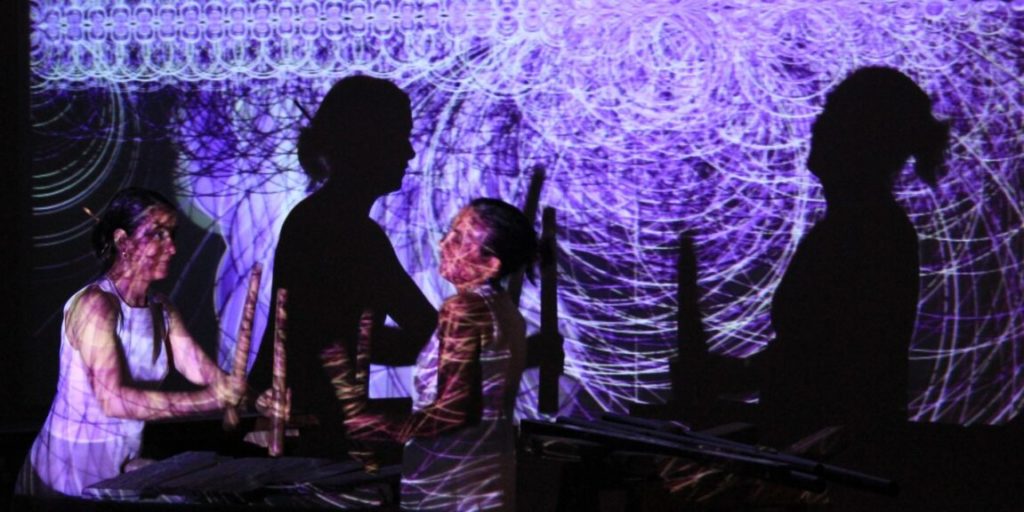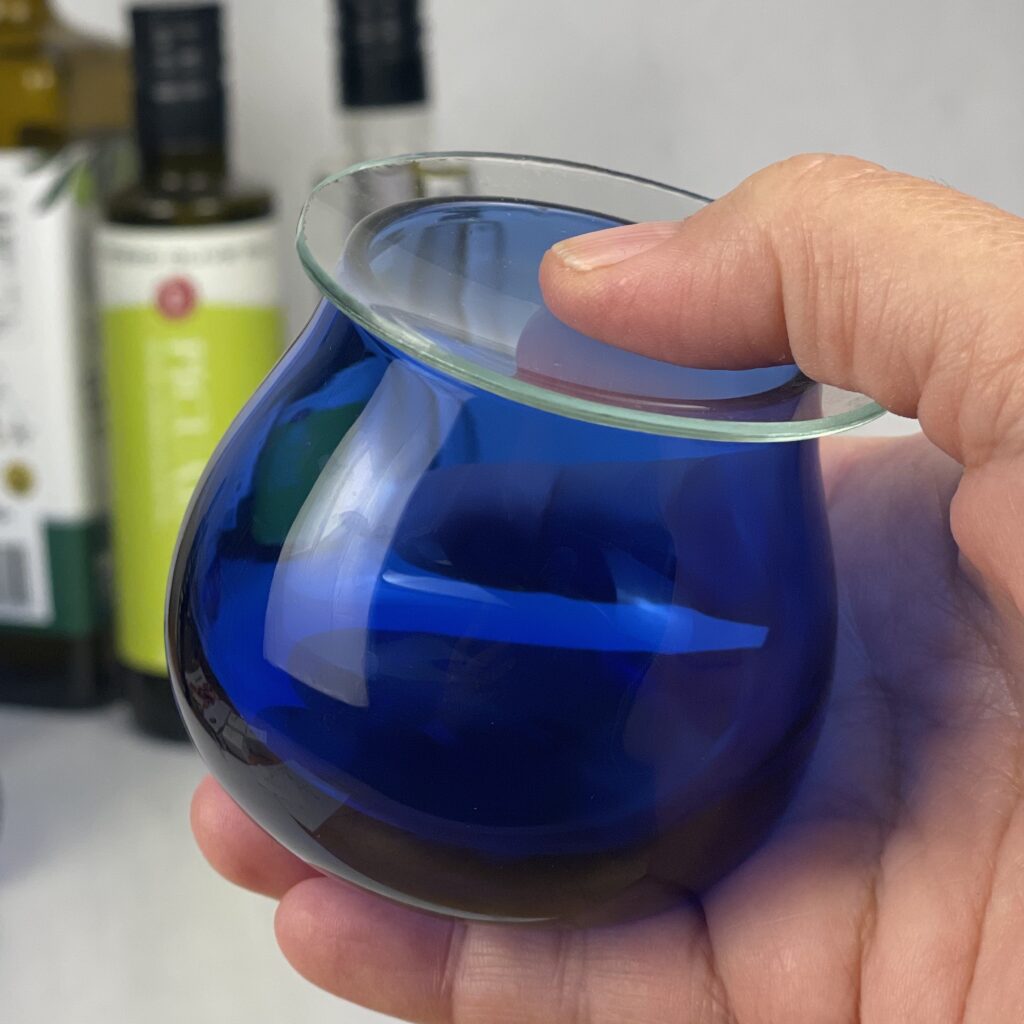17-22 July 2024 | Hall Hub, Open University of Catalonia (UOC), Rambla del Poblenou 154, 08018 Barcelona

EASA is pleased to announce its first PhD summer school, supporting the development of early career scholars.
This will be held in Barcelona in the week before the 18th EASA Biennial Conference. The focus of the six-day school will be ethnographic experimentation.
Ethnographic experimentation is an anthropological response to the epistemic challenges of our contemporary world. Beyond traditional norms and forms of ethnography, there are all kinds of projects that experiment with forms of representation, fieldwork, and analysis. The ‘experiment’ emerges in all these ethnographies as a distinctive epistemic practice, different from observational activities that are the foundation for its empirical engagements. Experimentation is an opportunity to reconceptualise and transform the empirical practices of anthropology.
This summer school, organised by Adolfo Estalella and Tomás Criado, brings together a programme exploring the analysis, characterisation, and design of ethnographic experiments, along with opportunities to try them in practice. The school combines conceptual sessions with group debates and hands-on practical activities. Field experiments will be designed to respond to a situated ethnographic challenge. The school will foster a convivial atmosphere of mutual learning between participants and an openness to local actors with whom relevant approaches could be discussed and explored. Participants will be equipped with an analytic repertoire as well as a series of practical skills to attempt their own ethnographic experiments.
Funded and promoted by EASA. Organized by xcol. An Ethnographic Inventory Curated by Adolfo Estalella (UCM) and Tomás Criado (UOC)
Partners: Open University of Catalonia (UOC); Social Anthropology and Social Psychology Dept., Complutense University of Madrid (UCM); Anthropology Department, Spanish National Research Council (CSIC); Spanish Association of Social Anthropology (ASAEE)
Who can apply?: PhD students who are paid-up members of EASA. Selection will be based on application fit and diversity criteria.
Registration fee: €150. Dinners during the summer school are included.
Travel Bursary: partial travel bursaries will be available from EASA based on need.
How to apply: applicants are asked to explain how they plan to use, or have used, experimentation in their own PhD research. Apply here.
The application deadline is May 17 with the aim of communicating results by May 31.
**
Pedagogical proposal and methodology
The school combines theoretical sessions, debates and practical activities. Students will work in small groups on two sites/problems.
Theory, case, and debate sessions. These sessions are structured in three slots: a brief theoretical introduction (30 min.), a case that will be presented by a group of students (30 min.), and a debate (30 min.).
Hands-on activities in the field. Students will have to develop an experimental project during the week-long school. Groups will engage in two sites proposed by the school with the goal of making a brief empirical investigation and developing an ethnographic experiment.
Mentoring. Each group will have an assigned tutor who will discuss with them their experimental projects in daily meetings.
Self-managed dinner. The school will pay particular attention to the informal moments of social interaction, in this sense dinners will be a special moment to socialize. Participants will be in charge of organising it.
**
PROGRAM
Wednesday 17 July, 2024
10.00 – 11.30. 1st session. Ethnographic experimentation: an introduction.
11.30 – 12.00. Coffee break.
12.00 – 13.30. 2nd session. Ethnography, more than a method: Field devices for anthropological inquiry.
13.30 – 15.00 Lunch break.
15.00 – 18.00 Hands-on session: organisation of groups.
18.00 – 20.00. Visiting the field sites for activities.
20.30. Dinner at the beach.
Thursday 18 July, 2024
10.00 – 11.30. 3rd session. The ethnographic invention.
11.30 – 12.00. Break
12.00 – 13.30. 4th session. Styles of ethnographic experimentation.
13.30 – 15.00 Lunch.
15.00 – 19.00. Hands-on session: Field site engagement.
19.00 – 20.00. Summary of the day and common thoughts (a collective session to share impressions from our first day of group activities).
20.30. Dinner. Cooking together (self-managed).
Friday, 19 July, 2024
10.00 – 11.30. 5th session. Beyond text: Experiments on ethnographic expression.
11.30 – 12.00. Coffee break.
12.00 – 13.30. 6th session. Beyond representation: Experiments on multimodal anthropology.
13.30 – 15.30. Lunch on site (each group on their own).
15.30 – 19.00. Activity in the field: devising devices.
19.00 – 20.00. Group debriefing meetings with tutors.
20.30. Dinner. Cooking together (self-managed).
Saturday, 20 July, 2024
10.00 – 13.30. Hands-on session: field site investigation.
13.30 – 15.30. Lunch on site (each group on their own).
15.30 – 19.00. Hands-on session: working on ethnographic accounts.
19.00 – 20.00. Group debriefing meetings with tutors.
20.30. Dinner. Cooking together (self-managed).Sunday
10.00 – 13.30. Hands-on session: field site investigation.
13.30 – 15.30. Lunch on site (each group on their own).
15.30 – 20.00. Hands-on session: working on ethnographic accounts.
20.30. Dinner. Cooking together (self-managed).
Monday, 21 July, 2024
10.00 – 13.30. Meeting with tutors: Hands-on session at UOC.
13.30 – 15.30. Lunch on site (each group on their own).
16.00 – 19.00. Public presentations of the group experiments.
20.00. Dinner and good-bye party.
Readings
1st session. Ethnographic experimentation: an introduction.
Tomás Sánchez Criado & Adolfo Estalella. 2018. Introduction. Experimental collaborations. In A. Estalella & T. S. Criado (Eds.), Experimental collaborations. Ethnography through fieldwork devices (pp. 1-30). New York, Oxford: Berghahn.
First case
Cantarella, L., Marcus, G. E., & Hegel, C. (2019). Ethnography by design: Scenographic experiments in fieldwork. Taylor & Francis. Introduction and Chapter 3.
2nd session. Ethnography, more than a method: Field devices for anthropological inquiry
Law, J. (2004). After Method: Mess in Social Science Research. Routledge. Introduction.
Law, J., & Ruppert, E. (2013). The Social Life of Methods: Devices. Journal of Cultural Economy, 6(3), 229-240.
Second case
Khandekar, A., Costelloe-Kuehn, B., Poirier, L., Morgan, A., Kenner, A., Fortun, K., & Fortun, M. (2021). Moving Ethnography: Infrastructuring Doubletakes and Switchbacks in Experimental Collaborative Methods. Science & Technology Studies, 34(3), 78-102.
3rd session. The ethnographic invention.
Estalella, A., & Criado, T.S. (2023). Introduction: The ethnographic invention. In T.S. Criado & A. Estalella (Eds.), An Ethnographic Inventory: Field Devices for Anthropological Inquiry (pp. 1-14). Routledge.
Third case.
Hartblay, C. (2020). I Was Never Alone or Oporniki: An Ethnographic Play on Disability. Toronto University Press. Introduction.
4th session. Styles of ethnographic experimentation.
Estalella, A. (n/d). The anthropological experiment (and the disappearing field of ethnography).
Fourth case.
Martínez, F. (2021). Ethnographic experiments with artists, designers and boundary objects: Exhibitions as a research method. UCL Press. Self-selected fragments.
5th session. Beyond text: Experiments on ethnographic expression.
Cox, R., Irving, A., & Wright, C. (Eds.) (2016). Beyond text?: Critical practices and sensory anthropology. Manchester University Press. Introduction.
Fifth case.
Flores, M., Suárez, M., & Nuñez, J. (2021, January 18). EthnoData: A collaborative project in cross-disciplinary experimentation – Society for Social Studies of Science. https://www.4sonline.org/ethnodata-a-collaborative-project-in-cross-disciplinary-experimentation/
6th session. Beyond representation: Experiments on multimodal anthropology.
Dattatreyan, E. G., & Marrero-Guillamón, I. (2019). Introduction: Multimodal Anthropology and the Politics of Invention. American Anthropologist, 121(1), 220-228.
Sixth case.
Farías, I., & Criado, T.S. (2023). How to game ethnography. En T. Sánchez Criado & A. Estalella (Eds.), An Ethnographic Inventory: Field Devices for Anthropological Inquiry (pp. 102-111). Routledge.



























